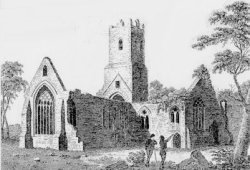
Merton Priory Press
an independent publisher
of academic and mid-market history
including new titles and reprints
9 OWEN FALLS AVENUE :: CHESTERFIELD :: S41 0FR :: Tel: +44(0)1246 554026
Email: mertonpriory@btinternet.com
A History of By-product Coking Plants
by David G. Edwards
By-product coke manufacture formed a significant sector of the British economy for most of the twentieth century, and still plays an important part in the much reduced coal and steel industries. At its height in the 1950s, the industry converted more than 30 million tonnes of coal a year into coke for blast furnaces, foundries and other purposes, with important outputs of coal gas, tar, benzole and ammonia, by-products that have found uses in many fields and were at one time quite profitable. Almost 170 by-product coking plants of various sizes have existed in Great Britain, at collieries, steelworks, gasworks or other sites in several regions, with start-up dates ranging from 1882 to 1981. This new study provides details of all these plants: name, location, period of existence, ownership, numbers and types of coke ovens (with start-up and shut-down dates where known), coal carbonising capacity, location of photographs and plans in the literature, and references to technical articles dealing with the plants. An introduction outlines the rather specialised technology of coke manufacture, which differs from that of the coal-based gas industry. No compilation of this kind has previously been attempted. This book provides a record of an industry for which little or no archaeological evidence survives, and will form a basic reference for future studies of individual enterprises or cokemaking in general.

